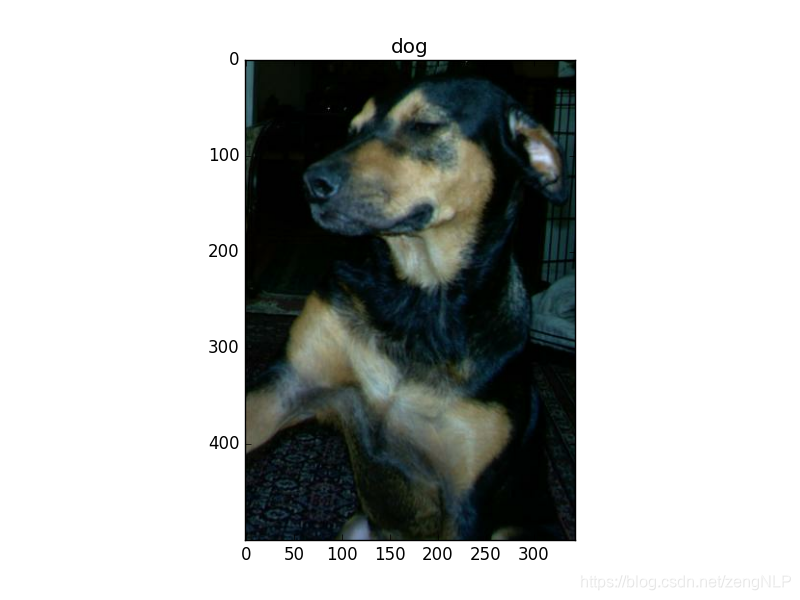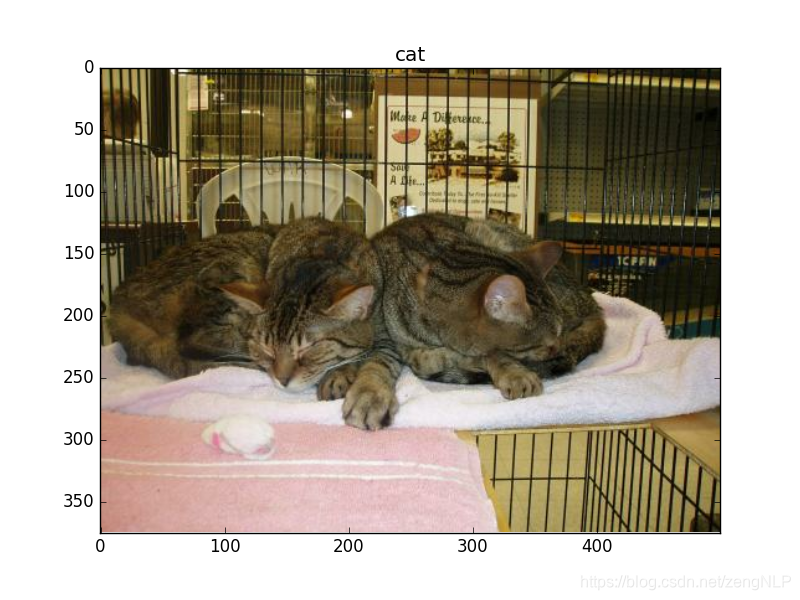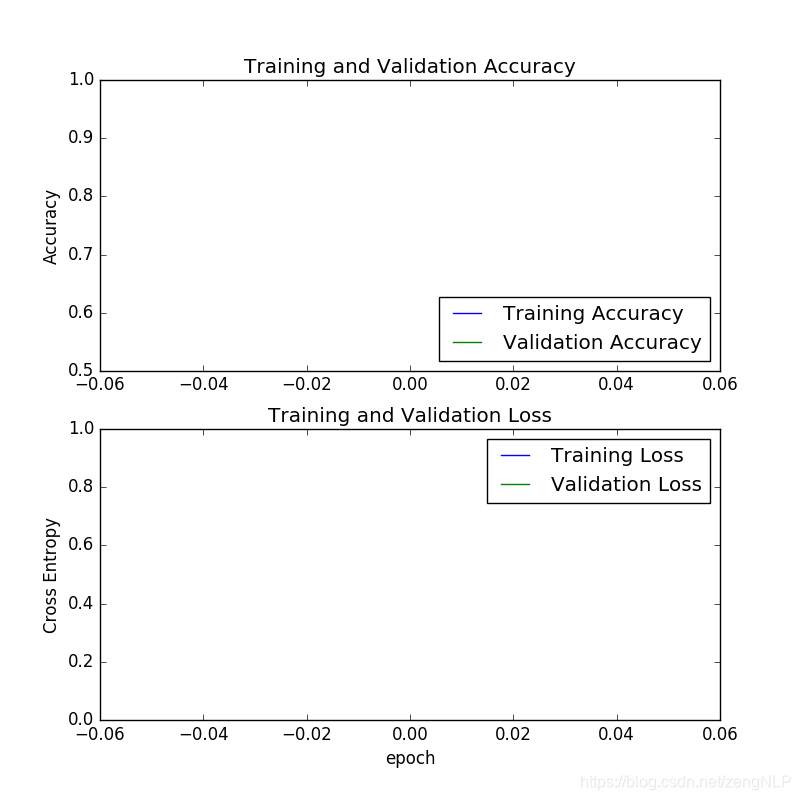迁移学习包括:
- 1、Feature Extraction
- 2、Fine-Tuning
本文基于 tensorflow2.0,使用 cats_vs_dog 数据集,应用 tf.keras.applications 创建 base model,使用 ResNet101 做 Feature Extraction。
- 核心代码:
'''
Transfer learning with a pretrained ConvNet: resnet101
参考:
https://tensorflow.google.cn
下载模型位置:
~/.keras/models/resnet101_weights_tf_dim_ordering_tf_kernels_notop.h5
'''
from __future__ import absolute_import, division, print_function, unicode_literals
import os
import numpy as np
import matplotlib.pyplot as plt
import tensorflow as tf
keras = tf.keras
#dataset
#Data preprocessing
#Data download
#Use TensorFlow Datasets to load the cats and dogs dataset.
import tensorflow_datasets as tfds
tfds.disable_progress_bar()
SPLIT_WEIGHTS = (8, 1, 1)
splits = tfds.Split.TRAIN.subsplit(weighted=SPLIT_WEIGHTS)
(raw_train, raw_validation, raw_test), metadata = tfds.load(
'cats_vs_dogs', split=list(splits),
with_info=True, as_supervised=True)
print(raw_train)
print(raw_validation)
print(raw_test)
get_label_name = metadata.features['label'].int2str
for image, label in raw_train.take(2):
plt.figure()
plt.imshow(image)
plt.title(get_label_name(label))
#Format the Data
IMG_SIZE = 160 # All images will be resized to 160x160
def format_example(image, label):
image = tf.cast(image, tf.float32)
image = (image/127.5) - 1
image = tf.image.resize(image, (IMG_SIZE, IMG_SIZE))
return image, label
#shuffle and batch the data
train = raw_train.map(format_example)
validation = raw_validation.map(format_example)
test = raw_test.map(format_example)
BATCH_SIZE = 2#32
SHUFFLE_BUFFER_SIZE = 1000
train_batches = train.shuffle(SHUFFLE_BUFFER_SIZE).batch(BATCH_SIZE)
validation_batches = validation.batch(BATCH_SIZE)
test_batches = test.batch(BATCH_SIZE)
for image_batch, label_batch in train_batches.take(1):
pass
print(image_batch.shape)
#Create the base model
IMG_SHAPE = (IMG_SIZE, IMG_SIZE, 3)
# Create the base model from the pre-trained model ResNet101
base_model = tf.keras.applications.ResNet101(input_shape=IMG_SHAPE,
include_top=False,
weights='imagenet')
feature_batch = base_model(image_batch)
print(feature_batch.shape)
base_model.trainable = False
base_model.summary()
#Add a classification head
global_average_layer = tf.keras.layers.GlobalAveragePooling2D()
feature_batch_average = global_average_layer(feature_batch)
print(feature_batch_average.shape)
prediction_layer = keras.layers.Dense(1)
prediction_batch = prediction_layer(feature_batch_average)
print(prediction_batch.shape)
model = tf.keras.Sequential([
base_model,
global_average_layer,
prediction_layer ])
#Compile the model
base_learning_rate = 0.0001
model.compile(optimizer=tf.keras.optimizers.RMSprop(lr=base_learning_rate),
loss='binary_crossentropy',
metrics=['accuracy'])
model.summary()
#Train the model
num_train, num_val, num_test = (
metadata.splits['train'].num_examples*weight/10
for weight in SPLIT_WEIGHTS )
initial_epochs = 1#10
history = model.fit(train_batches,
epochs=initial_epochs,
validation_data=validation_batches)
# Save weights to a HDF5 file
model.save_weights('transfer_learning-resnet101-model-cats-dogs.h5', save_format='h5')
# Restore the model's state
#model.load_weights('my_model.h5')
#Learning curves
acc = history.history['accuracy']
val_acc = history.history['val_accuracy']
loss = history.history['loss']
val_loss = history.history['val_loss']
plt.figure(figsize=(8, 8))
plt.subplot(2, 1, 1)
plt.plot(acc, label='Training Accuracy')
plt.plot(val_acc, label='Validation Accuracy')
plt.legend(loc='lower right')
plt.ylabel('Accuracy')
plt.ylim([min(plt.ylim()),1])
plt.title('Training and Validation Accuracy')
plt.subplot(2, 1, 2)
plt.plot(loss, label='Training Loss')
plt.plot(val_loss, label='Validation Loss')
plt.legend(loc='upper right')
plt.ylabel('Cross Entropy')
plt.ylim([0,1.0])
plt.title('Training and Validation Loss')
plt.xlabel('epoch')
plt.show()
- 过程输出
- 1、cats_vs_dog 数据样式


- 2、学习曲线

- 3、训练1个epoch的结果

- 4、模型保存到 ./transfer_learning-resnet101-model-cats-dogs.h5
- 1、cats_vs_dog 数据样式
 迁移学习实战:ResNet101与cats_vs_dogs
迁移学习实战:ResNet101与cats_vs_dogs








 本文介绍如何使用迁移学习,通过预训练的ResNet101模型进行特征提取,应用于cats_vs_dogs数据集,实现图像分类任务。通过调整学习率和模型结构,最终在数据集上取得良好的分类效果。
本文介绍如何使用迁移学习,通过预训练的ResNet101模型进行特征提取,应用于cats_vs_dogs数据集,实现图像分类任务。通过调整学习率和模型结构,最终在数据集上取得良好的分类效果。

















 1万+
1万+












